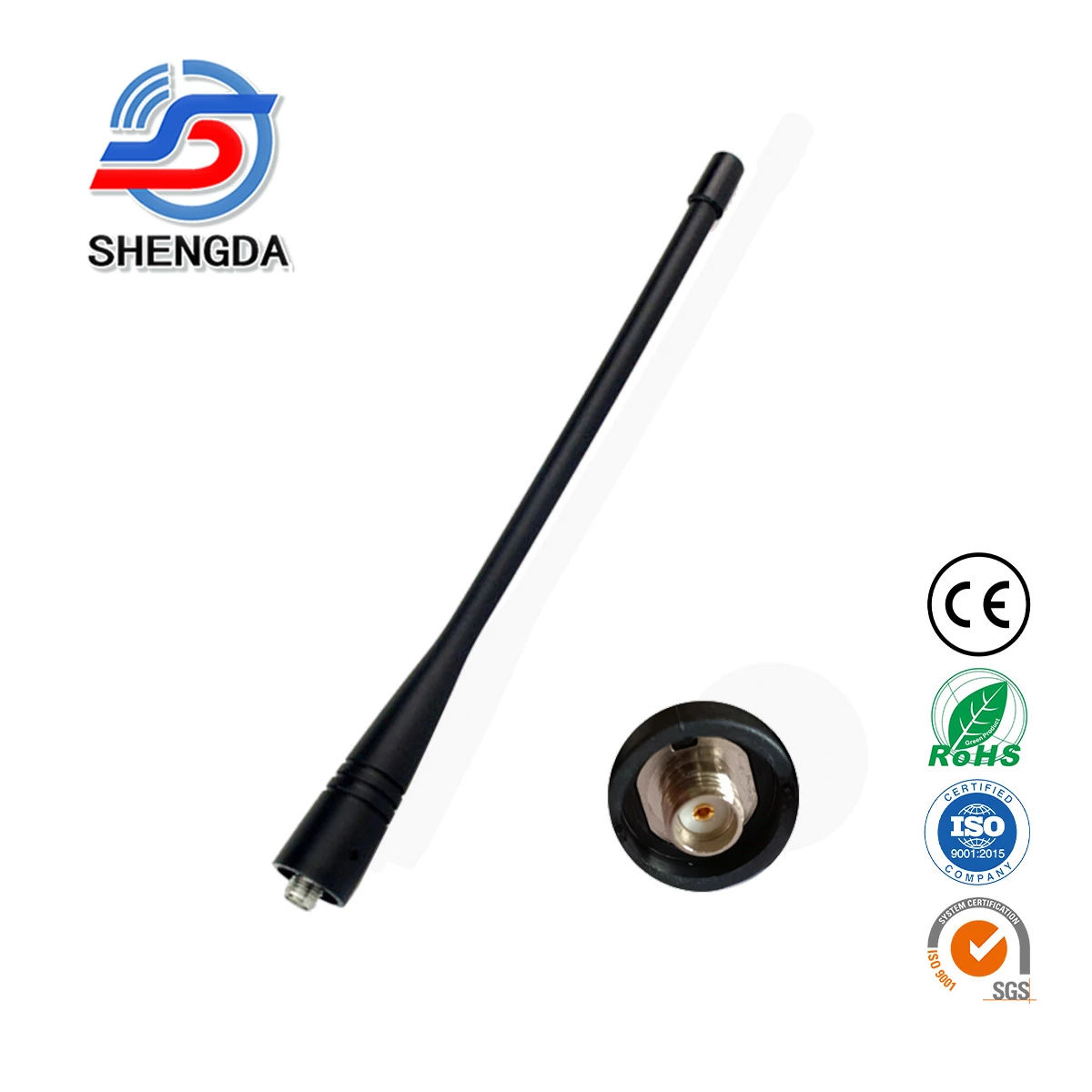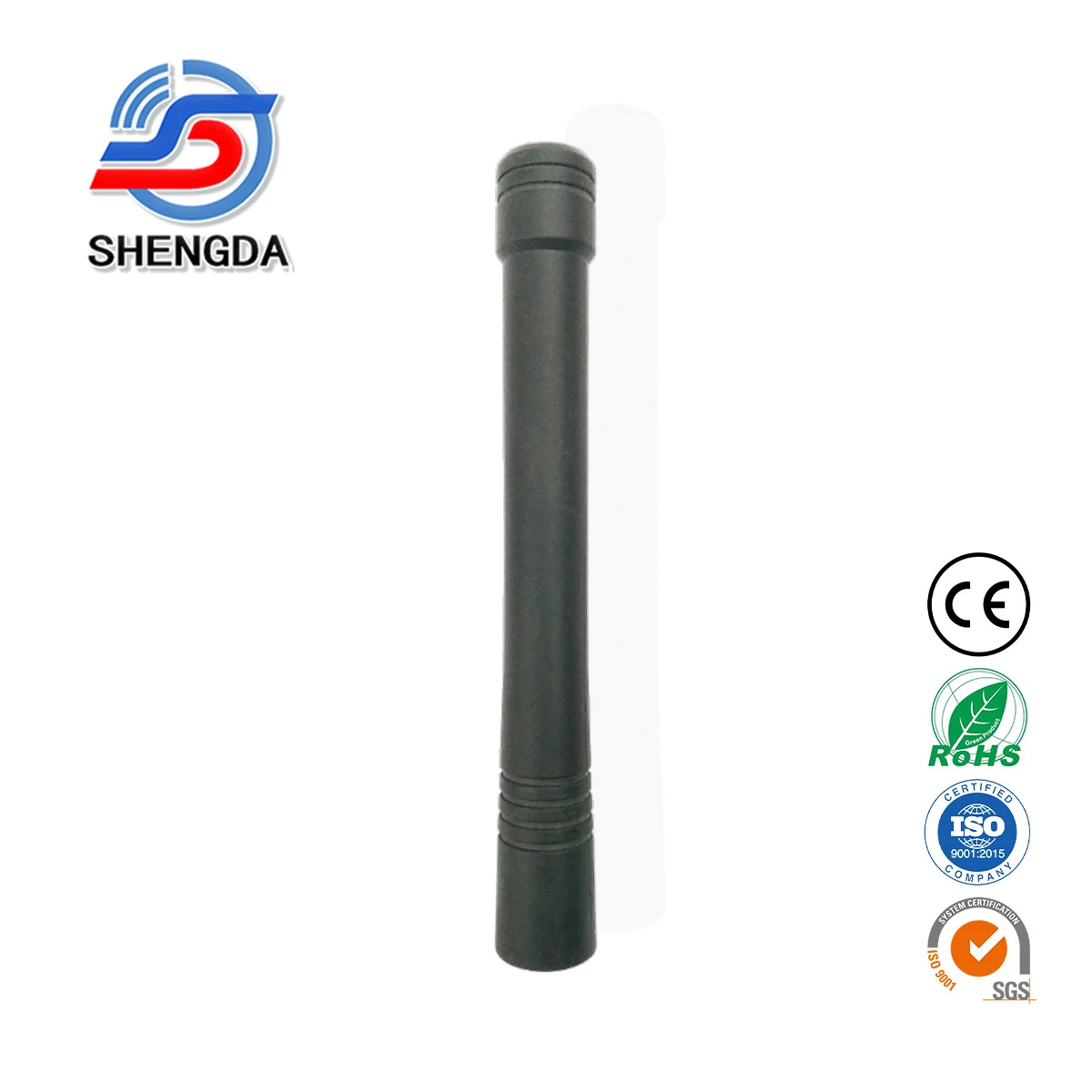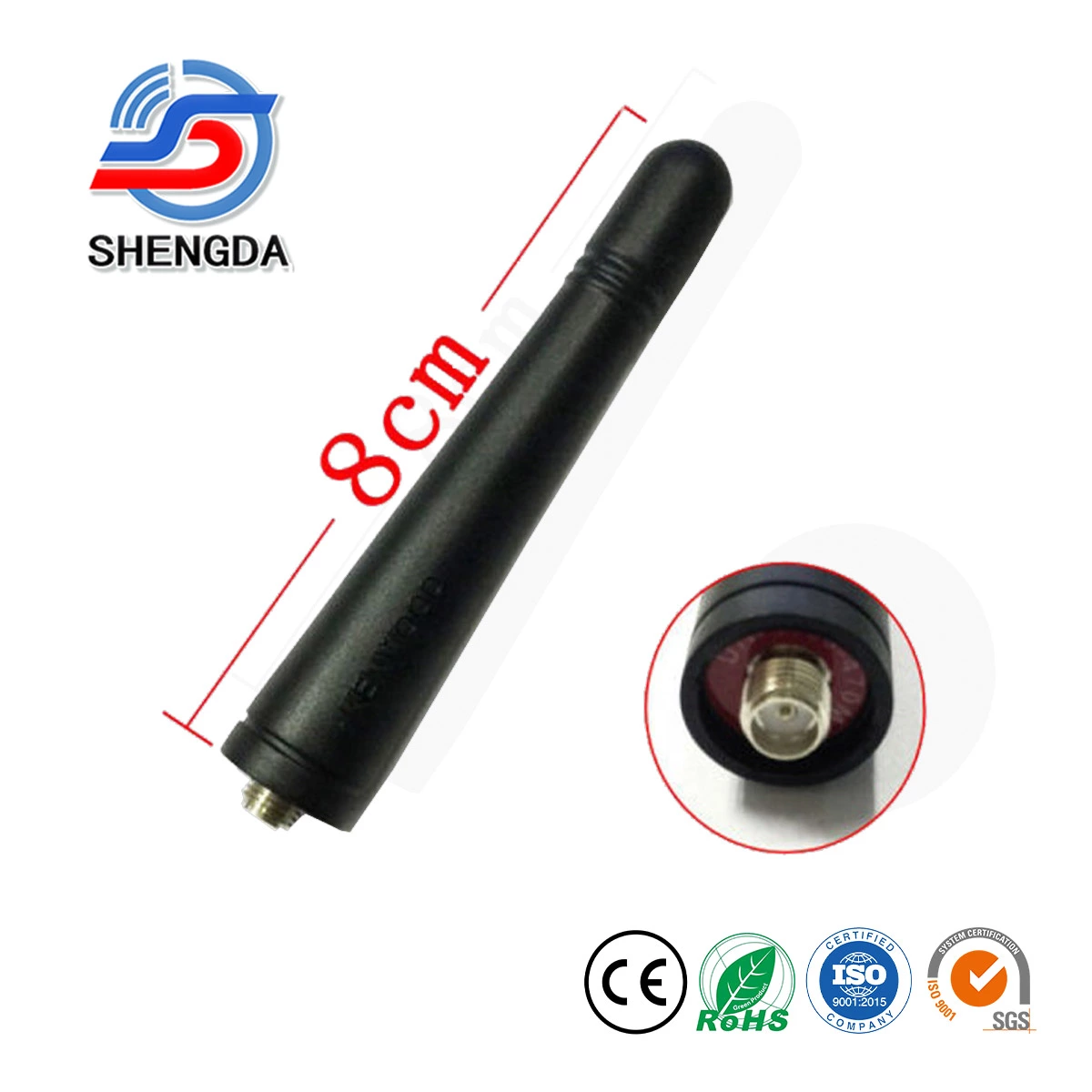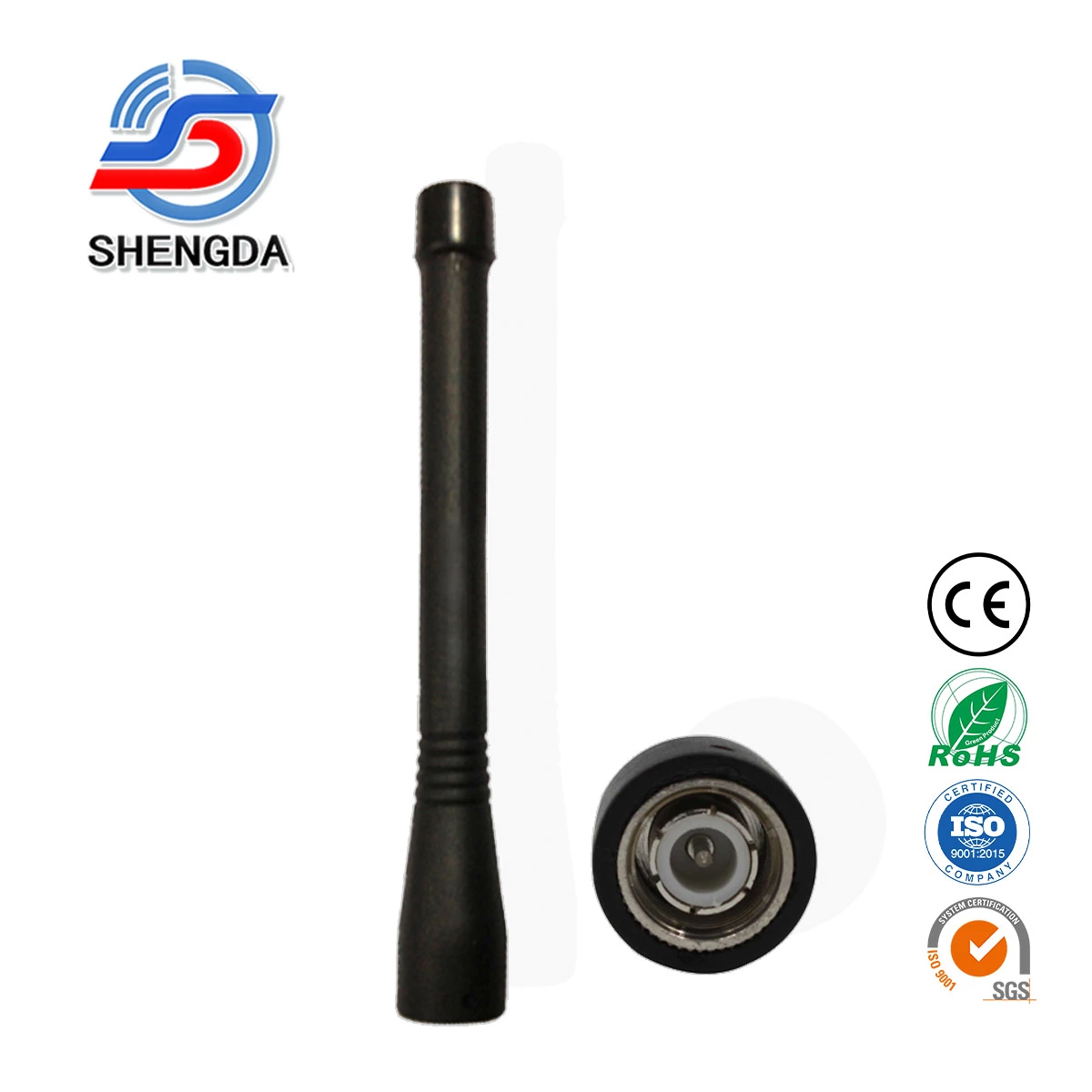The Necessity of Indoor Distribution Systems for Signal Enhancement
Against the backdrop of the accelerating modern urbanization process, changes in urban architectural forms have posed unprecedented challenges to mobile communication networks, and the issue of communication coverage has gradually become a core pain point affecting user experience. From the perspective of practical scenarios, two typical communication dilemmas are particularly prominent, and indoor distribution systems have emerged as a key means to solve these problems.
First, let's look at the problem of signal attenuation and blind spots, whose root cause lies in the particularity of the structure and layout of modern urban buildings. As urban land resources become increasingly scarce, buildings continue to extend upward and are densely arranged around. To ensure the stability and aesthetics of buildings, reinforced concrete has become the core material of the building framework, combined with exterior decoration materials such as fully enclosed glass curtain walls and metal gussets. These materials have a strong blocking and absorbing effect on the radio signals of mobile communications. During the propagation of radio waves, when they encounter reinforced concrete walls, the signal strength will be greatly attenuated. The signal that could originally cover the outdoor area may become so weak after entering the indoor area that it cannot support normal communication. As a result, users often experience intermittent sound and unclear audio when making calls indoors, and when using mobile phones to access the Internet, they frequently encounter issues such as page loading failures and video freezes.
Moreover, there are specific blind spot issues in building areas at different heights and locations. On the lower floors of high-rise buildings, the dense surrounding high-rises create a "blocking effect" on base station signals. It is difficult for signals emitted by base stations to bypass the surrounding buildings and reach the lower floors, resulting in generally weak signals there. Some corners even have no signal at all, becoming communication blind spots. Residents in rooms close to the ground in their homes may even be unable to make basic phone calls. In contrast, on the upper floors of some ultra-high-rise buildings, although there is no blocking problem like that on the lower floors, signals still struggle to reach effectively due to the limitations on the coverage height and power of base stations. This leads to the emergence of communication blind spots on the upper floors as well. People working on the top floors of ultra-high-rise office buildings often face the dilemma of having no mobile phone service.
What is even more challenging is the communication coverage in underground spaces. Places such as underground parking lots, underground shopping malls, subways, and tunnels are completely below the ground surface, so radio signals cannot reach them through direct transmission. Additionally, media like soil, rocks, and concrete further exacerbate signal loss, making these areas almost all communication blind spots. When car owners are looking for their vehicles in underground parking lots, they may not be able to make emergency calls in a timely manner if an emergency occurs. Passengers in subways cannot only fail to use their mobile phones to contact the outside world, but even checking real-time navigation and receiving important information becomes impossible.
In the edge areas of cities, due to the relatively low population density, the density of base station construction is much lower than that in the city center, and the distance between base stations is relatively large. In places far from base stations, the signals themselves are relatively weak. After being blocked and attenuated by buildings, indoor communication becomes even worse. Residents may need to walk to the window in their own homes to barely receive weak signals, resulting in an extremely poor communication experience.
Let us then analyze the problem of signal clutter and interference, which is mainly concentrated in the central areas of large and medium-sized cities. Due to the high population density and frequent commercial activities in central areas, the demand for communication capacity is extremely high, so the density of base station construction has been significantly increased, with the average distance between stations usually less than 1 kilometer. Although dense base stations have improved the outdoor signal coverage strength to a certain extent, they have also caused the signals entering indoor spaces to become abnormally cluttered. This is particularly true for the middle and upper floors of some incompletely enclosed buildings, such as the middle and high floors of open-plan office buildings and some under-construction buildings without fully installed exterior walls, where signals from nearby and distant base stations can enter indoor areas through multiple paths.
Some of these signals enter the room directly through line-of-sight transmission, while others change their propagation direction and enter after being reflected or refracted by surrounding buildings, and still others enter the room by diffracting around obstacles. Signals propagating through multiple paths overlap with each other in the indoor space. Due to differences in the propagation distance and medium of signals from different paths, the time and strength at which they reach the user's mobile phone vary. This ultimately causes the signal received by the mobile phone to fluctuate between strong and weak, with extremely poor stability.
More seriously, there is also a large amount of co-channel and adjacent-channel interference among these cluttered signals. Co-channel interference refers to the interference between signals transmitted by different base stations using the same frequency; adjacent-channel interference refers to the mutual influence between signals of adjacent frequencies. Such interference will severely disrupt normal communication signals, causing the mobile phone to frequently switch between different base stations during a call. brings great trouble to users' daily communication and work exchanges.
Faced with the above two types of complex communication coverage issues, the construction of indoor distribution systems has become the most effective solution at present. Indoor distribution systems break the traditional mode where mobile communication signals rely on air propagation to enter indoor spaces, and adopt an innovative approach of "wireless access + wired transmission" to directly introduce high-quality base station signals into indoor areas. Its working principle is as follows: first, a stable and pure signal source is obtained from the base station through dedicated equipment; then, optical fibers, coaxial cables and other wired transmission media are used to transmit the signal to various indoor areas that require coverage in an efficient and low-loss manner; finally, small antennas installed on ceilings and walls radiate the signal uniformly and stably into the indoor space, ensuring that every corner of the indoor area can receive communication signals with sufficient strength and excellent quality.
Regarding the problem of signal attenuation and blind spots, indoor distribution systems use wired transmission to avoid signal blocking and attenuation caused by buildings, directly delivering signals into indoor spaces. Whether it is the lower floors of high-rise buildings, the upper floors of ultra-high-rise buildings, underground spaces such as underground parking lots and underground shopping malls, or buildings in urban fringe areas, all can obtain stable signal coverage through indoor distribution systems. This completely eliminates communication blind spots, allowing users to make smooth calls and access the Internet at high speeds indoors.
As for the problem of signal clutter and interference, indoor distribution systems introduce a single and stable base station signal, avoiding the superposition and interference of multi-path signals. At the same time, the system also filters and optimizes the signal, effectively suppressing co-channel and adjacent-channel interference, ensuring the stability and purity of indoor signals. This reduces significantly the number of handovers during calls, improves voice quality markedly, lowers the call drop rate, and provides users with a communication experience comparable to that in high-quality outdoor areas.
In addition, indoor distribution systems also feature strong flexibility and expandability. They can flexibly adjust the layout and quantity of antennas according to the needs of different indoor scenarios, such as large shopping malls, office buildings, hospitals, hotels, and subway stations, to achieve precise coverage. Moreover, with the popularization of 5G communication technology, indoor distribution systems can easily support the introduction of 5G signals, providing a strong guarantee for users to enjoy 5G services with high speed and low latency indoors. Thus, they have become an indispensable and important part of communication network construction in modern cities.



